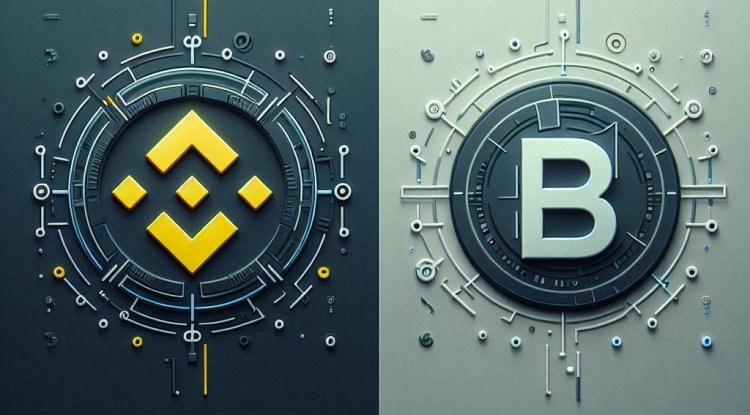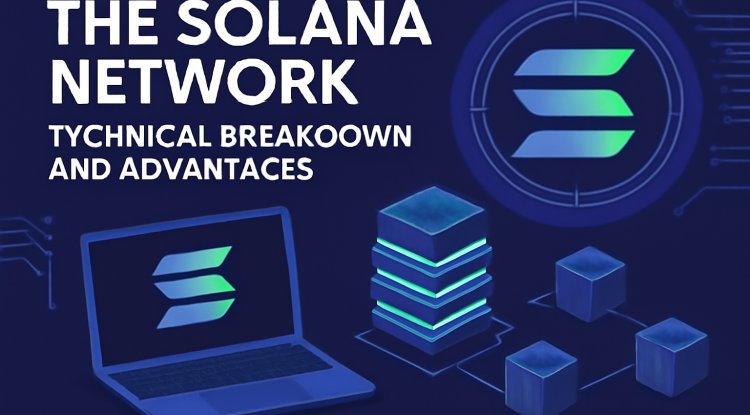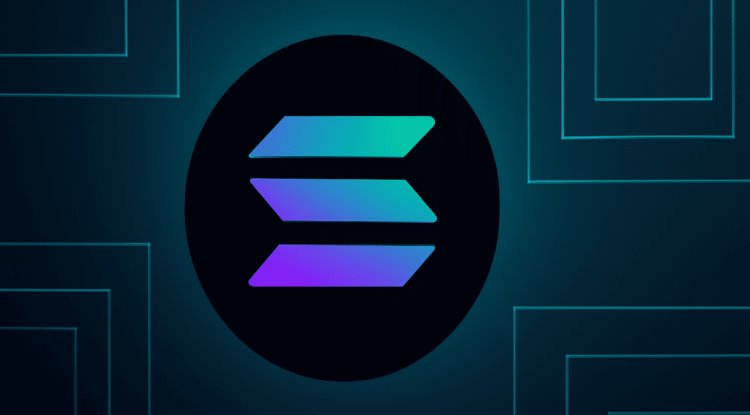Staking Ethereum in 2025: A Guide to Earning ETH Yield
Your no-nonsense guide to staking Ethereum in 2025. Learn about potential yields, the risks involved, and the three best ways for beginners to earn passive ETH.

So, you’ve got some Ethereum. Maybe you bought it, maybe you were gifted it, but right now it’s just sitting in your wallet. It’s like owning a brilliant employee but having them just stand in the corner. What if you could put that ETH to work—earning you more ETH while you eat, sleep, and binge-watch your favorite shows?
Welcome to the world of staking.
If you’ve heard the term but felt a wave of technical jargon and complexity wash over you, you’re not alone. Staking used to be the domain of hardcore crypto nerds. But now, in 2025, it’s become one of the most fundamental ways for everyday holders to engage with the network.
This isn’t another dry, academic explanation. This is your smart, expert friend breaking it down over coffee. We’ll skip the fluff and get straight to what you actually want to know: how it works, how much you can realistically earn, and how to do it without getting wrecked.
So, What Is Staking? (Let’s Skip the University Lecture)
Forget “consensus mechanisms” and “block finality” for a second. Let’s use an analogy.
Imagine Ethereum is a massive, global, decentralized bank. To keep it secure and honest, the bank needs trustworthy managers to verify transactions. Instead of hiring people, the network lets anyone with enough capital—in this case, ETH—put up a security deposit to become a "validator."
Staking is simply the act of putting up that security deposit.
By locking up your ETH, you're helping to secure the network. You're voting on which transactions are legitimate. In return for this vital service, the network pays you a salary in the form of more ETH. You’re not just earning interest; you're getting paid for doing a job. This is the magic of Proof-of-Stake, the engine that now powers Ethereum, making it vastly more energy-efficient than the old mining days.
The Big Question: What Are the Potential Yields in 2025?
Alright, let's get to the main event. What kind of return are we talking about?
First, a reality check. Forget the 20% APRs you saw in the DeFi casino days. Ethereum staking is more like a stable government bond for the new digital economy. It’s about steady, sustainable growth, not getting rich overnight.
The staking yield, or Annual Percentage Rate (APR), isn't fixed. It’s a living number that fluctuates based on a couple of key factors:
-
Total ETH Staked: This is the biggest driver. Think of it like a pizza. The total rewards paid out by the network are the pizza. The more people who show up to stake their ETH, the smaller each person's slice gets. As staking has become more popular, the APR has naturally compressed.
-
Network Activity: Validators also get a cut of transaction priority fees (the "tips" users pay to get their transactions processed faster). When the network is buzzing with activity—like during a hot NFT mint—rewards can see a slight bump.
So, what’s the number for 2025? Based on current data and projections, the base staking APR for Ethereum is hovering in the 3% to 4% range. Sometimes it dips a little lower, sometimes a little higher, but this is the realistic ballpark. It’s not life-changing, but it’s a powerful way to compound your ETH holdings with relatively low risk compared to degen yield farming.
The Three Paths to Staking Your ETH
Ready to put your ETH to work? In 2025, you have three main roads you can take. Each has its own trade-offs between ease, control, and reward.
Path 1: The Sovereign — Solo Staking
-
Who it's for: The technically savvy, the ETH whales, and the true decentralization maxis.
-
The Deal: You run your own validator node. This requires a hefty 32 ETH, a dedicated computer connected to the internet 24/7, and the technical know-how to maintain it.
-
Pros: You get 100% of the rewards—no middlemen taking a cut. You contribute directly to the network's decentralization. It’s the purest form of staking.
-
Cons: The 32 ETH barrier is high. If your node goes offline or you make a mistake, you can get penalized in an event called "slashing."
-
The Analogy: This is like owning and operating your own McDonald's franchise. You keep all the profits, but you’re also the one responsible for fixing the ice cream machine at 3 AM.
Path 2: The Pool Party — Liquid Staking
-
Who it's for: The vast majority of ETH holders. This is likely the best path for you.
-
The Deal: You don't have 32 ETH? No problem. You pool your funds with thousands of others through a decentralized protocol like Lido (stETH) or Rocket Pool (rETH). You can start with as little as 0.01 ETH.
-
The Magic Trick: When you deposit your ETH, you get a Liquid Staking Token (LST) in return. This token, like stETH, represents your staked ETH and automatically accrues rewards. The best part? It's liquid. You can trade it, lend it, or use it in other DeFi applications, all while still earning staking rewards.
-
Pros: Super accessible, no technical setup, and your stake remains liquid.
-
Cons: The service takes a small fee (usually around 10% of the rewards), and there's always smart contract risk (though top providers are heavily audited and battle-tested).
-
The Analogy: Instead of buying an entire apartment building, you're buying a share in a Real Estate Investment Trust (REIT). You get a slice of the rental income without ever having to deal with a tenant. The LST is your share certificate.
Path 3: The Easy Button — Centralized Exchanges
-
Who it's for: Absolute beginners who already trust an exchange like Coinbase or Kraken.
-
The Deal: You log into your exchange account and click "Stake." That's it. The exchange handles everything on the back end.
-
Pros: Unbeatable convenience. It’s literally a few clicks.
-
Cons: This is the most "hands-off" approach, but it comes at a cost. The exchange takes a larger cut of the rewards (sometimes 25% or more), and you give up custody of your assets. "Not your keys, not your crypto" is the golden rule here. You are trusting the exchange not to get hacked or go bankrupt.
The Risks You Can't Ignore
Staking is relatively safe, but it’s not risk-free. Being a good crypto sage means telling you the whole story.
-
Slashing: This is the big scary monster for solo stakers. If your validator acts maliciously or is offline for too long, the network can destroy a portion of your 32 ETH stake as a penalty. Pools mitigate this by spreading the risk, but it’s never zero.
-
Smart Contract Risk: If you're using a liquid staking protocol, you're trusting its code. A bug or exploit could put funds at risk. Stick to the big, audited names like Lido, Rocket Pool, and StakeWise.
-
Price Volatility: This is the most obvious one. You earn your rewards in ETH. If the price of ETH in dollars goes down by 10%, your 3-4% staking yield won't cover that loss. Staking is a long-term strategy for those who are bullish on Ethereum itself.
The Next Frontier: Keep an eye on Restaking protocols like EigenLayer. They allow you to use your already-staked ETH to secure other networks and applications, earning you additional layers of yield. It’s a more advanced strategy with its own risks, but it's where the most innovative action is happening in 2025.
Conclusion: From Speculation to Participation
Staking Ethereum in 2025 is no longer a degen-only activity. It has matured into a core pillar of the decentralized economy. It’s your chance to move from being a passive holder to an active participant in the network, earning a steady yield for your contribution.
For most people, the path is clear: Liquid Staking Tokens (LSTs) offer the best balance of simplicity, accessibility, and flexibility. For the sovereign-minded with deep pockets, solo staking is the ultimate goal. And for the absolute beginner, a centralized exchange is a decent first step into the water.
The only question left is, what role will you play in the future of the internet? Your journey to becoming a true stakeholder starts now.
Share
What's Your Reaction?
 Like
0
Like
0
 Dislike
0
Dislike
0
 Love
0
Love
0
 Funny
0
Funny
0
 Angry
0
Angry
0
 Sad
0
Sad
0
 Wow
0
Wow
0














